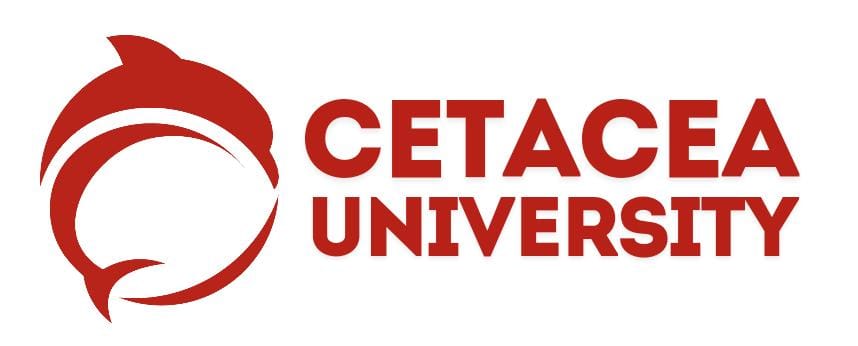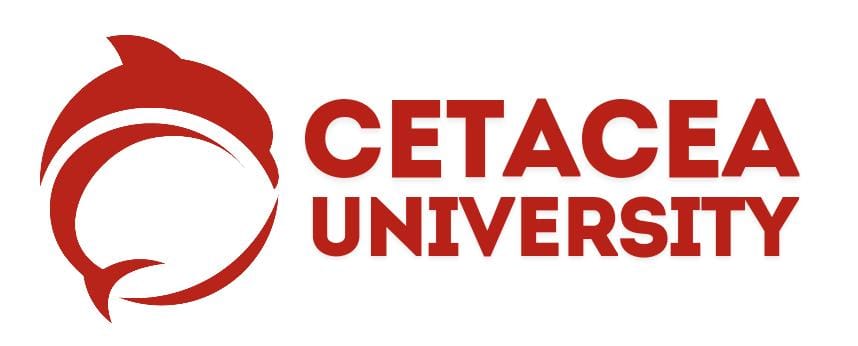The fabric of global education is rich and diverse, with examination systems varying significantly from one country to another. This comparative study aims to shed light on the different assessment practices around the world and their implications for students and educators.
- Standardized Testing vs. Continuous Assessment: In countries like the United States, standardized testing is a cornerstone of the education system, with exams like the SAT and ACT playing pivotal roles in college admissions. Conversely, nations such as Finland emphasize continuous assessment, where students are evaluated throughout the year, fostering a less stressful learning environment.
- Oral Exams and Rigorous Vivas: Some countries, particularly in Europe, maintain the tradition of oral examinations. These vivas are not merely a test of knowledge but also of the student’s ability to articulate and defend their ideas in real-time.
- Technological Advancements in Assessment: With the advent of technology, many countries are exploring computer-based testing. This shift not only streamlines the examination process but also opens up possibilities for adaptive testing, where the difficulty of questions adjusts to the student’s performance level.
- Equity and Access: Examination systems are also a reflection of a country’s commitment to educational equity. While some nations have made strides in making assessments accessible to all students, including those with disabilities, others still face challenges in providing equal opportunities.
- Cultural Perspectives on Education: The value placed on education and examinations varies culturally. In East Asian countries like South Korea and Japan, exams are often seen as life-defining events, leading to high-pressure environments. In contrast, Scandinavian countries prioritize student well-being alongside academic achievement.
- Impact on Teaching and Learning: The nature of assessment practices influences teaching methods. High-stakes exams can lead to a narrow focus on test preparation, while more holistic approaches encourage a broader curriculum and the development of critical thinking skills.
In conclusion, the study of global examination systems reveals a complex tapestry of practices shaped by cultural, technological, and educational philosophies. As the world becomes more interconnected, there is an increasing opportunity for cross-cultural learning and the adoption of best practices that can benefit students globally.


